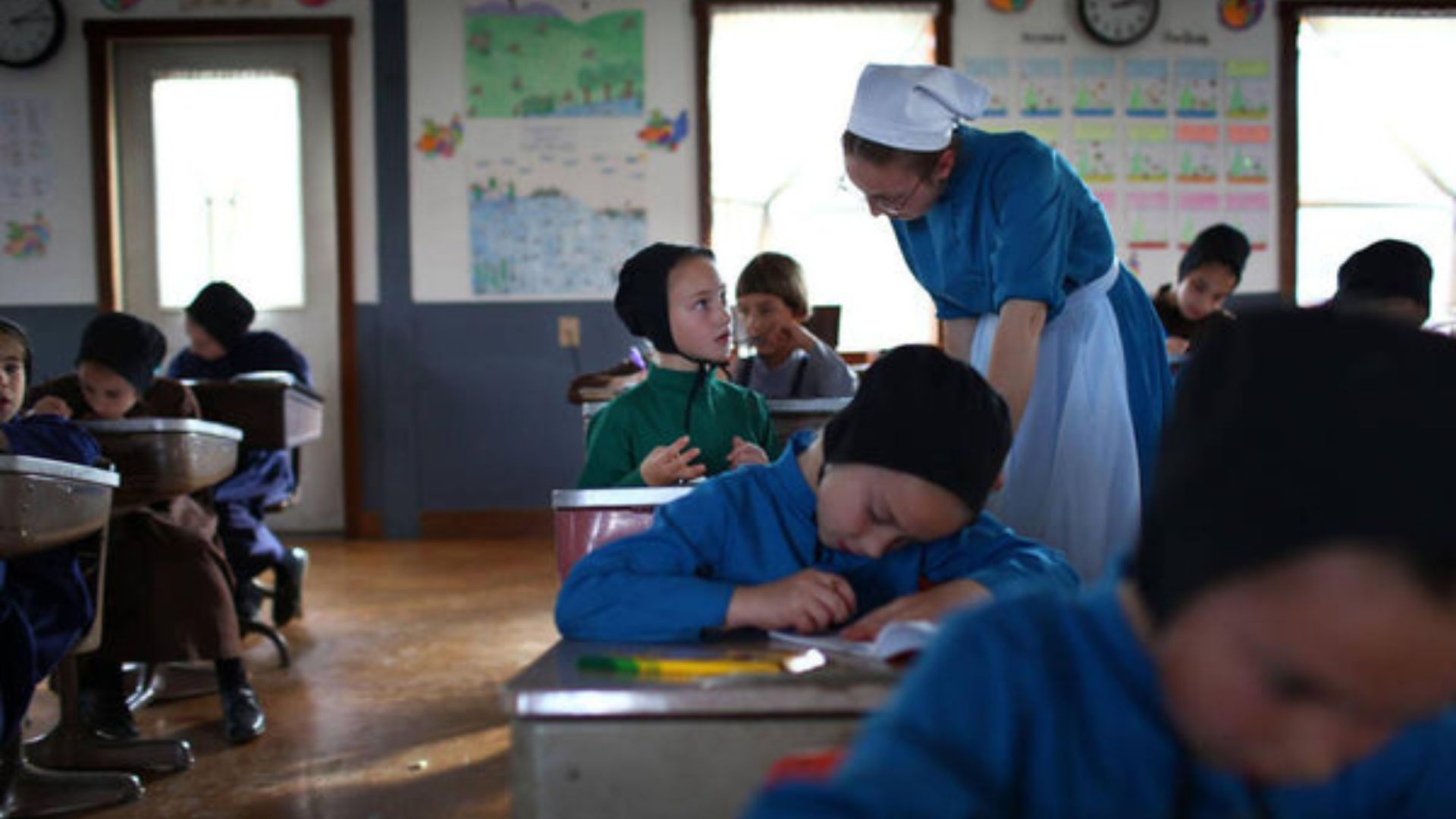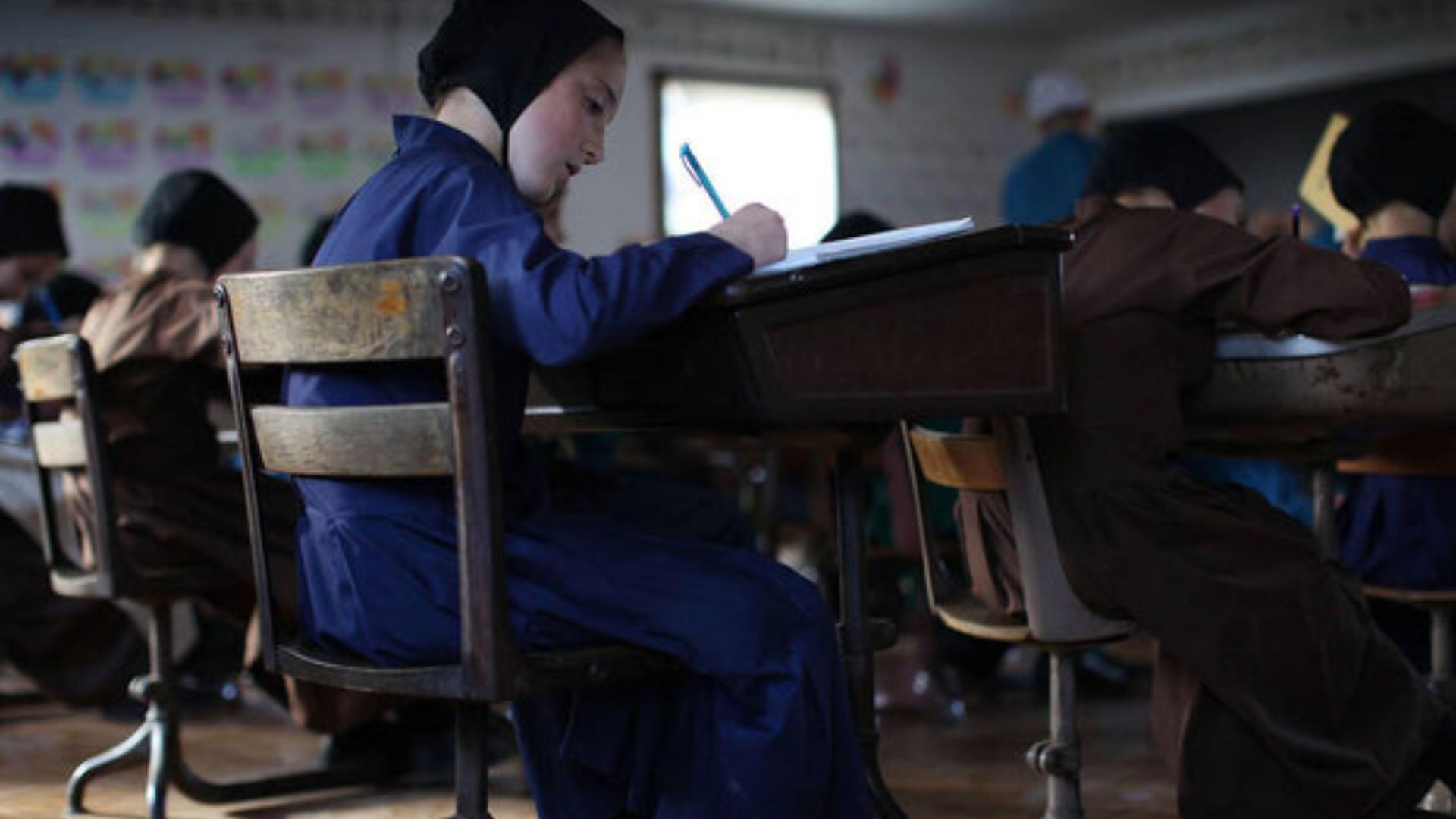How Religion Influences Amish Education
Amish communities have a distinctive approach to education, deeply rooted in their religious beliefs. Unlike mainstream schooling, Amish education emphasizes moral development, practical skills, and community values. Understanding how religion influences Amish education provides insight into the ways faith shapes learning, character development, and preparation for adult life.
Education Aligned with Faith
For the Amish, education is not just academic—it is a means of instilling religious principles. Their schooling system reflects the belief that learning should reinforce faith, family, and community values rather than encourage worldly ambitions.
Key Features
-
Focus on reading, writing, and arithmetic alongside moral instruction
-
Curriculum emphasizes obedience, humility, and faith-based decision-making
-
Teachers often include parents and church leaders to guide religious learning
Education is seen as a tool for preparing children to live according to Amish beliefs rather than pursuing secular goals.

Home and Community Integration
Amish education is closely linked to home and community life. Students often learn in small, local schools where the community actively participates in both teaching and administration.
How It Works
-
One-room schoolhouses serve children of multiple ages within the same community
-
Parents and community members contribute to teaching and maintaining schools
-
Lessons incorporate practical skills needed for farming, crafts, and household work
This integration ensures that learning is relevant to daily life and aligned with religious values.
Limited Formal Schooling
One of the most well-known ways religion influences Amish education is through limiting formal schooling. Children typically attend school only until the eighth grade, reflecting a focus on faith, family, and practical skills.
Important Aspects
-
Education beyond eighth grade is often discouraged to prevent worldly influences
-
Supreme Court ruling in Wisconsin v. Yoder (1972) supported this practice based on religious freedom
-
After eighth grade, children learn through apprenticeships, home instruction, and community work
Limiting formal schooling allows Amish youth to remain grounded in their beliefs while acquiring practical knowledge for adult life.
Moral and Character Education
Amish schools emphasize character development as much as academics. Religion shapes lessons on honesty, humility, respect, and community responsibility.
Key Practices
-
Stories from the Bible and religious texts illustrate moral lessons
-
Teachers model humility, cooperation, and devotion to faith
-
Discipline and guidance are rooted in forgiveness and correction rather than punishment
This moral framework ensures that Amish children internalize religious values alongside practical skills.
Practical Skills and Vocational Training
Religion influences Amish education by prioritizing skills that support community life and self-sufficiency. Learning trades, farming, and crafts is considered as important as reading and math.
Examples of Skills Taught
-
Farming techniques and animal care
-
Carpentry, woodworking, and other craftsmanship
-
Household skills such as cooking, sewing, and childcare
These skills allow children to contribute meaningfully to their families and communities while upholding religious traditions.
Community Decision-Making and Participation
Amish education also teaches children about the importance of community participation. Church and family values are reinforced through collaborative projects, shared responsibilities, and democratic decision-making within the school setting.
How Community Shapes Learning
-
Students work together on school projects and chores
-
Teachers and parents guide lessons with a focus on faith and cooperation
-
Children learn to prioritize the community over individual ambition
This aspect of education demonstrates how religion influences Amish schooling beyond academics.
Conclusion
How religion influences Amish education is evident in every aspect of their schooling. From the curriculum and teaching methods to moral instruction and practical training, faith guides every educational decision. Amish children learn not only reading, writing, and arithmetic but also humility, cooperation, and devotion to God and community. By integrating religious principles into education, Amish communities ensure that their youth are prepared to lead lives grounded in faith, family, and purpose, preserving traditions that have lasted for centuries.



